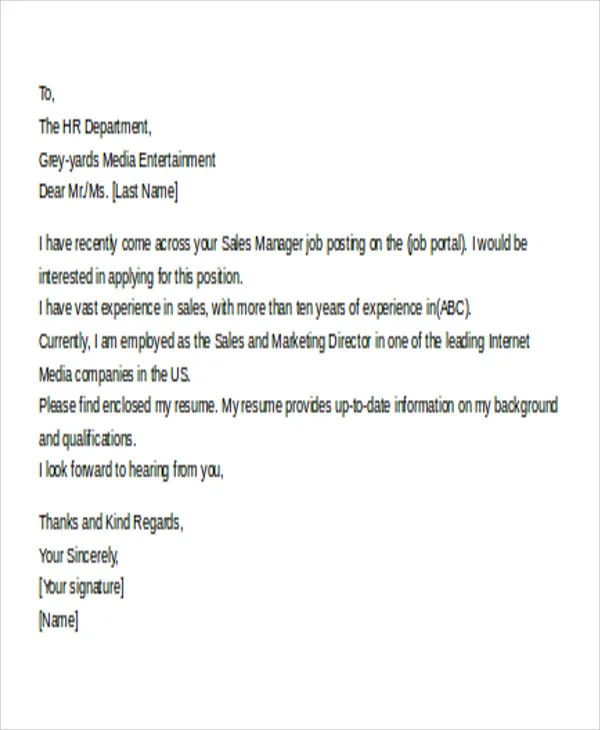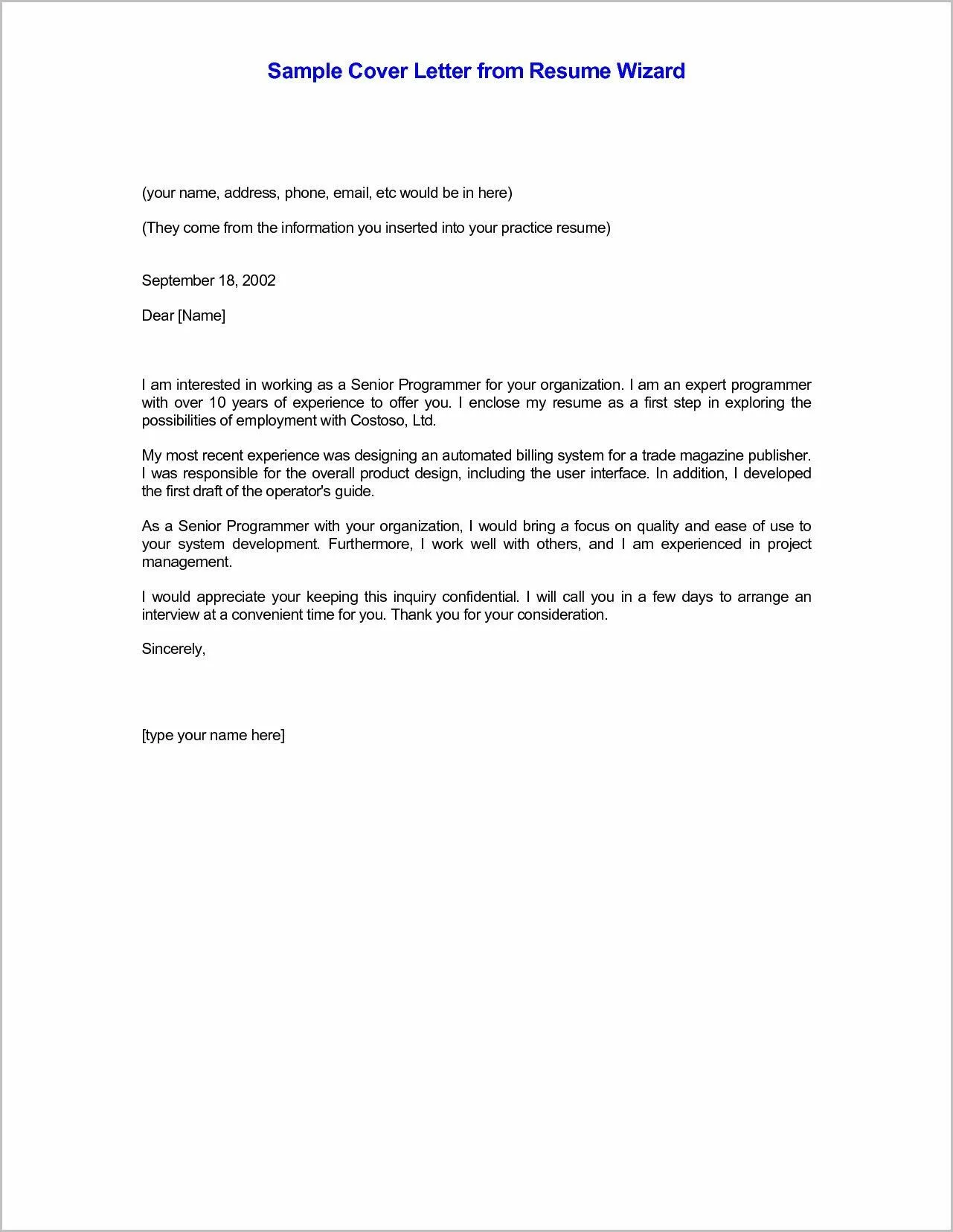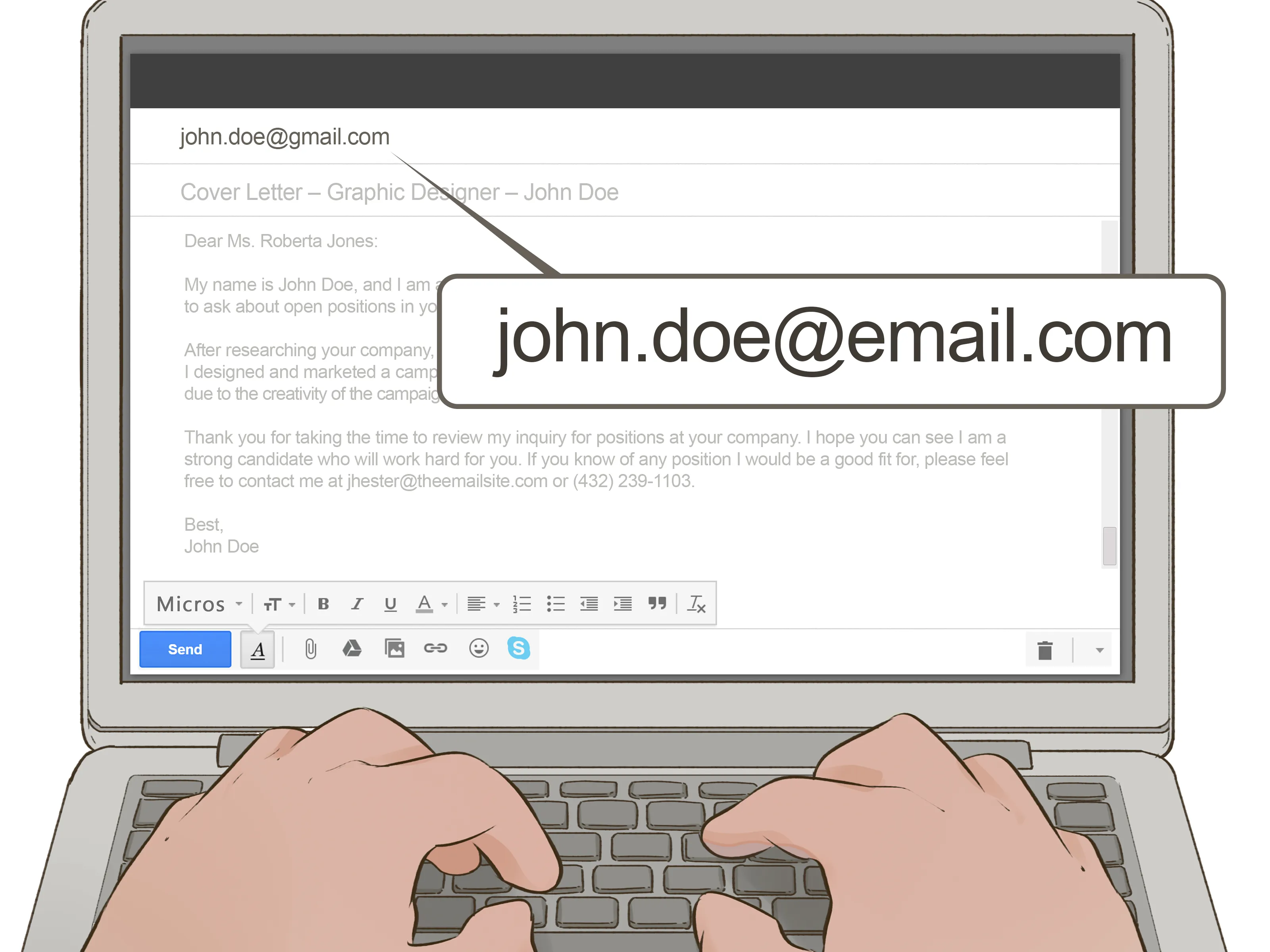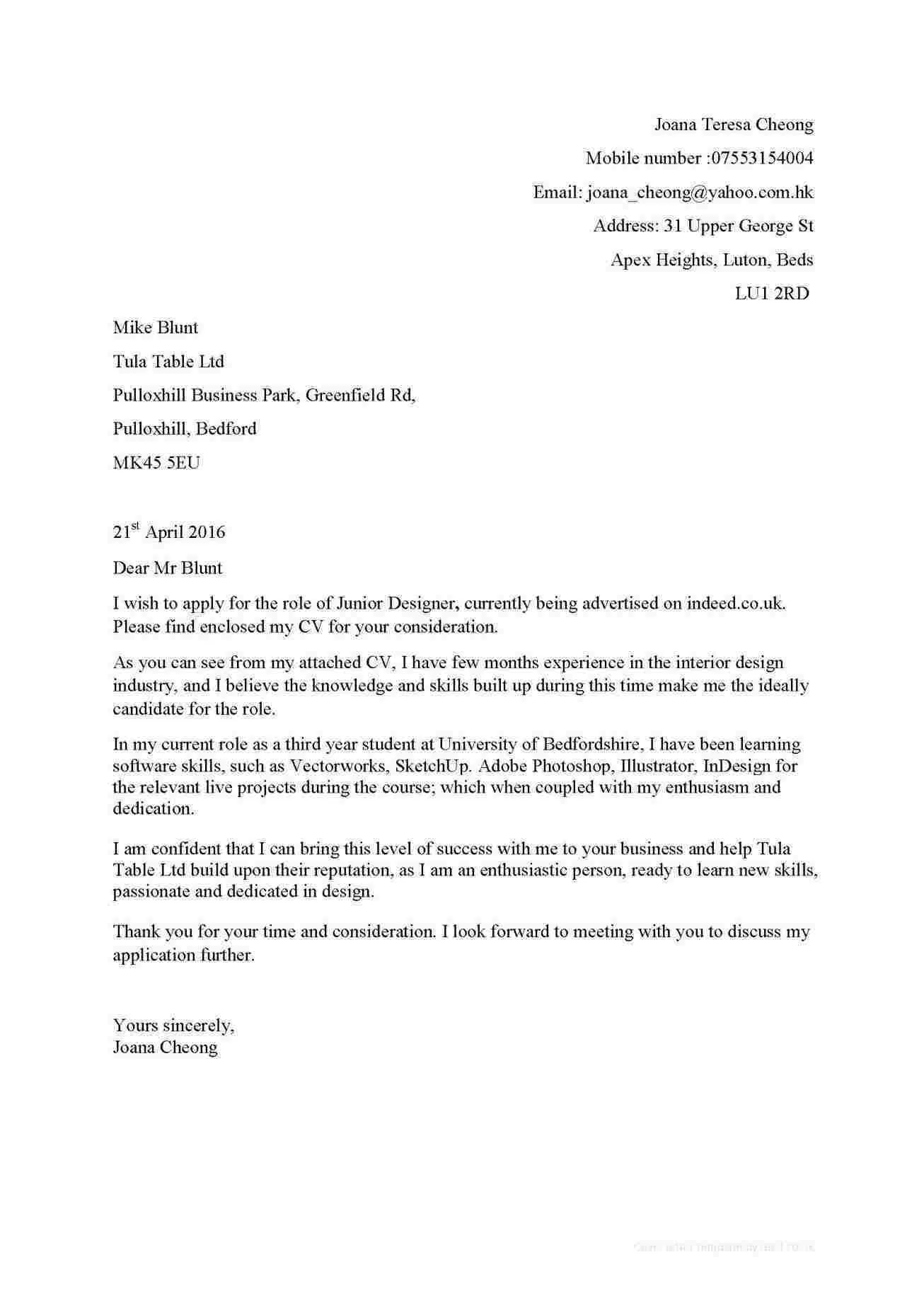Crafting the Perfect Subject Line
The subject line is the first thing a potential employer sees, making it crucial for grabbing their attention. A well-crafted subject line increases the likelihood of your email being opened. Avoid generic subject lines like “Resume” or “Job Application.” Instead, personalize it. Include the job title and your name to ensure the recruiter knows exactly what the email is about and who it’s from. Consider also adding the job reference number if provided in the job posting. Keep the subject line concise, clear, and professional. It should accurately reflect the content of your email and provide the recipient with immediate context. A strong subject line will make you stand out from the many applicants that are also applying for the same position.
Key elements of a strong Subject Line
- Job Title or Position Applied For
- Your Full Name
- Job Reference Number (if applicable)
- A Sense of Urgency, if appropriate
For example, instead of “Resume,” use “Software Engineer Application - John Doe” or “Application for Marketing Manager - Jane Smith - Ref 1234.” These subject lines clearly signal the purpose of the email and provide essential information. Test different subject lines to see which ones generate the best results. Consider a/b testing by sending different subject lines to different recruiters to know which ones work best for you.
Highlighting Your Key Skills

The body of your email is a concise introduction to your qualifications. It is not necessary to repeat the entire resume and cover letter within the email body. Instead, use this space to highlight the most relevant skills and experiences that align with the job requirements. This acts as a quick preview that encourages the recipient to open your attachments. Make sure to tailor the email to each specific job application; customization shows that you have put in the effort. Begin with a brief greeting, such as “Dear [Hiring Manager Name]” or “Dear [Company Name] Hiring Team.” Briefly mention the position you are applying for and where you found the job posting. Then, include a few sentences that summarize your key skills and accomplishments. The goal is to pique their interest and make them want to learn more about you.
Focus on Relevant Experience
- Mention 2-3 key skills or experiences that match the job description.
- Quantify your achievements whenever possible using numbers or data.
- Show how your skills have benefited previous employers.
- Clearly show how your skills align with the requirements of the job.
For example, instead of just saying “I have experience in project management,” you could say “Managed cross-functional projects, delivering them on time and under budget, which resulted in a 15% increase in team efficiency.” This level of detail makes your email more impactful. In the last paragraph, include a call to action. Express your enthusiasm for the position and your availability for an interview. Close with a professional sign-off like “Sincerely” or “Best regards,” followed by your name.
Formatting Your Attachments Correctly
Proper formatting ensures your resume and cover letter are easily accessible and professional-looking. Save your attachments as PDF files. This file type preserves the formatting regardless of the recipient’s operating system or software. This helps to avoid any display issues that can arise from other file formats like DOCX. Name your files clearly, using your name and the document type, for example, “JohnDoe_Resume.pdf” and “JohnDoe_CoverLetter.pdf”. This makes it easy for the hiring manager to identify and organize your application materials. This also prevents the potential confusion if the file names are unorganized.
Key Formatting Tips

- Use PDF format to preserve formatting.
- Name files with your name and the document type (e.g., “JaneDoe_Resume.pdf”).
- Ensure your resume and cover letter are error-free.
- Keep the file sizes reasonable (under 2MB).
Also, ensure that your attachments are well-organized and easy to navigate. Proofread both documents meticulously before sending them. Make sure all links and contact information are up-to-date and accurate. Avoid using complex or unusual fonts and stick to standard, professional fonts like Arial, Times New Roman, or Calibri. These fonts are easy to read and maintain a professional appearance. Lastly, double-check that the attachments are included in the email before you send it. Nothing is more frustrating than sending an email without your resume and cover letter attached. A good way to avoid this is to check the attachment before and after sending the email.
Writing a Compelling Body
The body of your email is your first chance to make a strong impression. This is where you introduce yourself and provide context for your application. Keep it concise and focused. Start with a professional salutation, such as “Dear [Hiring Manager Name],” or “Dear [Company Name] Hiring Team.” If you don’t know the hiring manager’s name, you can use a general greeting such as “Dear Hiring Manager.” Then, state the position you’re applying for and where you found the job posting. This immediately tells the reader why you are sending the email.
Key Elements of the Email Body
- A Professional Salutation
- The Position You Are Applying For
- A Brief Summary of Your Relevant Skills
- A Call to Action
In the main body, include a few sentences highlighting your most relevant skills and experiences that align with the job description. Tailor this information to match the specific requirements of the position. This shows that you’ve taken the time to understand what the employer is looking for. Quantify your achievements whenever possible, using numbers or data to illustrate the impact of your work. For example, instead of saying “I improved customer satisfaction,” you could say “I increased customer satisfaction scores by 20% through implementing a new support system.” End with a clear call to action, expressing your enthusiasm for the opportunity and stating your availability for an interview. Thank the recipient for their time and consideration before signing off with a professional closing like “Sincerely” or “Best regards.”
Proofreading Before Sending

Proofreading is a critical step that can significantly impact your application. A simple typo or grammatical error can undermine your credibility and professionalism. Before sending your email, carefully proofread everything—the subject line, the body of the email, and, most importantly, the resume and cover letter. Check for spelling mistakes, grammatical errors, and punctuation issues. Read through the email and attachments multiple times, or even better, have someone else review them.
Proofreading Checklist
- Spelling and Grammar
- Punctuation
- Formatting
- Contact Information
- Consistency
Pay close attention to the tone of your email. Make sure it is professional and reflects your personality. Ensure that all of your contact information is up-to-date and accurate, including your email address, phone number, and LinkedIn profile URL. Verify that the attachments are the correct versions of your resume and cover letter. Make sure your email is consistent and follows the formatting guidelines of your resume and cover letter. After you’ve proofread, read the entire email one last time. This final review can catch any mistakes that you might have missed in the previous checks. Taking the time to proofread shows that you care about the details and are committed to presenting yourself in the best possible light. A well-proofread email demonstrates professionalism and attention to detail, increasing your chances of making a positive impression on the hiring manager.
